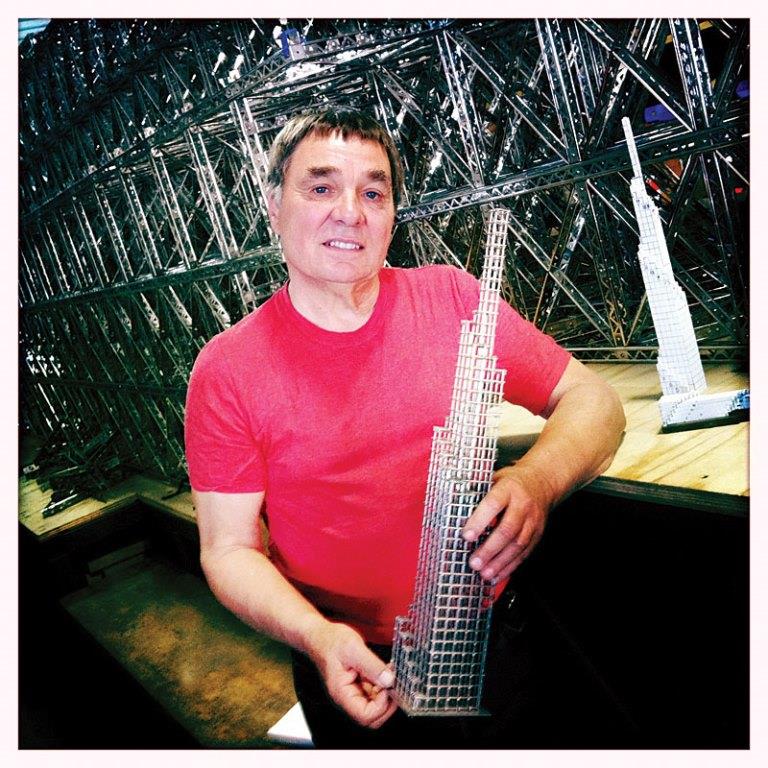

|

|
IN MEMORIAM
Christopher Burden
Professor of Art
UC Los Angeles
1946- 2015
The American artist Chris Burden, who has died aged 69 from melanoma, outflanked the minimalism he encountered as a student by operating at an even more elementary level: using his own body as a metaphor for the social and political landscape. Among the ordeals he presented in his early performances were shooting, crucifixion, drowning, electrocution and kidnapping. In the era of emerging civil rights and opposition to the Vietnam war, this relentless series of dark enactments demanded that audiences examine the nature of vulnerability and questions of personal and social responsibility.
Works such as Shoot (1971) and Trans-fixed (1974) attracted celebration and notoriety in equal measure. In the former he was shot in the arm from about five yards away, in a California gallery. The impact, rather greater than the grazing that he had been planning for, resulted in a trip to hospital. In the latter, he lay over the back of a Volkswagen, “the car of the people”, with nails going through his palms into its roof.
Burden’s master’s degree exhibition, Five Day Locker Piece (1971), involved inserting himself into a school locker measuring 2ft x 2ft x 3ft. The locker above contained five gallons of water, the locker below an empty five-gallon drum. His voluntary incarceration in the metal structure for five days induced shock and anxiety in the minds of powerless witnesses.
The conceptual and aesthetic clarity of his performance works was maintained in other media: sculpture, drawing, print making, film and broadcast. He used them all to bring out the shifting tensions of political and personal power.
His museum-scale sculptures grappled with paradoxes concerning technology and the needs of society. Fist of Light (1993) was a sealed, room-sized structure that served as his “visual metaphor for nuclear fission”. Crude, homemade suspended toys stood as symbols of America’s nuclear submarine fleet in All the Submarines of the United States of America (1987), while 50,000 matchsticks lying on 50,000 nickel coins represented the assumed size of the Soviet tank command, in The Reason for the Neutron Bomb (1979).
Urban Light (2008), originally assembled outside his studio but more recently installed at the entry to Los Angeles County Museum of Art, is a monumental arrangement of 202 antique cast-iron street lamps, perfectly restored and working, arranged to represent a classical Greek temple. It became a landmark and contemporary symbol of the city.
Born in Boston, he was the son of Rhoda, a biologist, and Robert, an engineer. He was the eldest of three children and grew up in France and Italy. At the age of 17 he won a Science Foundation grant to study in San Diego, and in 1965 enrolled at Pomona College, east of Los Angeles, to study architecture, physics and art. He then entered graduate school at the University of California, Irvine. There he was taught by Robert Irwin, an artist committed to education, and in 1978 followed in Irwin’s footsteps when he began teaching part-time at the University of California, Los Angeles. Eight years later he became a professor there, and did much to make his department one of North America’s leading arts schools.
His first marriage, to Barbara, ended in divorce. He is survived by his second wife, the sculptor Nancy Rubins.